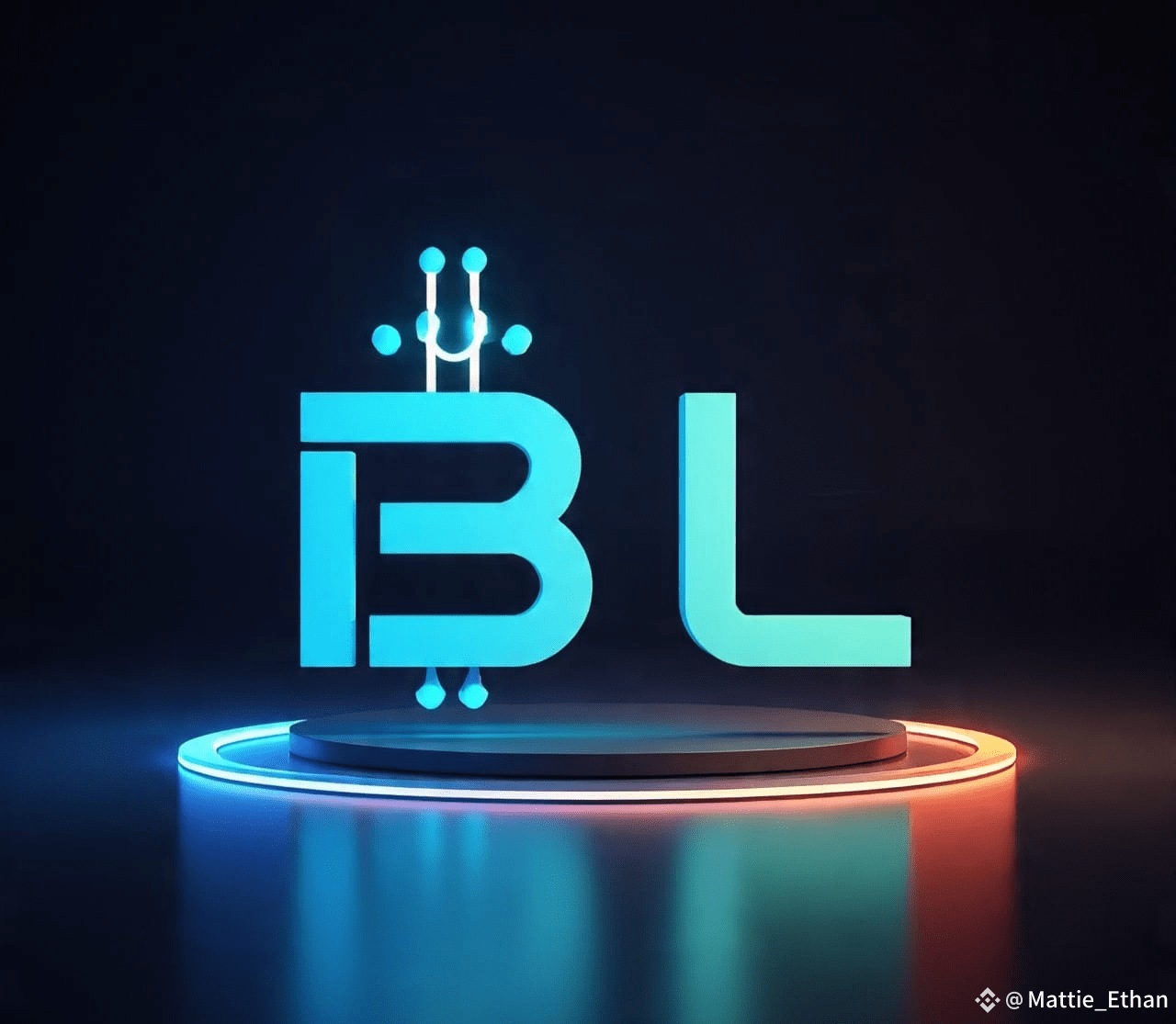Bitcoin is the world’s most valuable asset in crypto, but it’s historically been the hardest to move into DeFi without relying on custodial wrappers like WBTC or renBTC. That’s where Bitlayer’s BitVM Bridge comes in — introducing YBTC, a 1:1 BTC-pegged asset minted directly through the BitVM settlement model. And recent integrations with Kamino Finance and Orca on Solana show YBTC already flowing into liquidity pools, bringing BTC liquidity to high-speed DeFi ecosystems in a way that’s both trust-minimized and auditable.
Why does this matter? Because for years, Bitcoin has been “dead capital” in DeFi. While Ethereum and Solana enjoy billions in daily DEX and lending activity, BTC has remained sidelined, mostly sitting in cold storage. YBTC changes that equation by enabling Bitcoin-backed liquidity to move into fast-execution environments without relying on centralized custodians. This means traders can now access BTC-denominated liquidity pools, swaps, and lending markets while still having a verifiable path back to native BTC on Layer 1.
The real narrative here is liquidity migration. If BTC liquidity doesn’t just dip into DeFi for temporary yield but actually stays embedded, the market could see a wave of innovation:
Native BTC trading pairs across DEXs
BTC-settled derivatives without custodial risk
Deeper order books and arbitrage opportunities for traders
For that to happen, Bitlayer must convince custodians, market makers, and institutions that YBTC is secure and redeemable. That means strong audits, transparent dispute/challenge tooling, and fast redemption experiences. According to recent blog updates and media coverage, Bitlayer’s mainnet bridge beta is already live, with partners beginning to onboard. For traders, the best metrics to watch now are TVL growth, redemption times, and cross-chain swap activity.
The opportunities for traders are compelling. Early YBTC liquidity migration creates:
Arbitrage trades between BTC-native pools and centralized exchanges
BTC-denominated yield products offering new passive income streams
On-chain basis trades for professionals managing directional risk
For builders, the upside is just as big. Instead of inventing new settlement models, they can design BTC-native DeFi apps on Solana, Ethereum, or other chains using YBTC as a reliable liquidity layer. That means unlocking new UX possibilities without sacrificing the security of Bitcoin settlement.
But caution is warranted: bridges are historically the riskiest part of cross-chain finance. Traders and institutions alike should carefully track audit reports, incident histories, and third-party reviews before committing large capital.
Still, if Bitlayer can deliver, YBTC could become the most important cross-chain liquidity primitive for Bitcoin unlocking trillions in dormant BTC value and finally making Bitcoin the money of DeFi.

#Bitlayer @BitlayerLabs $BTR



